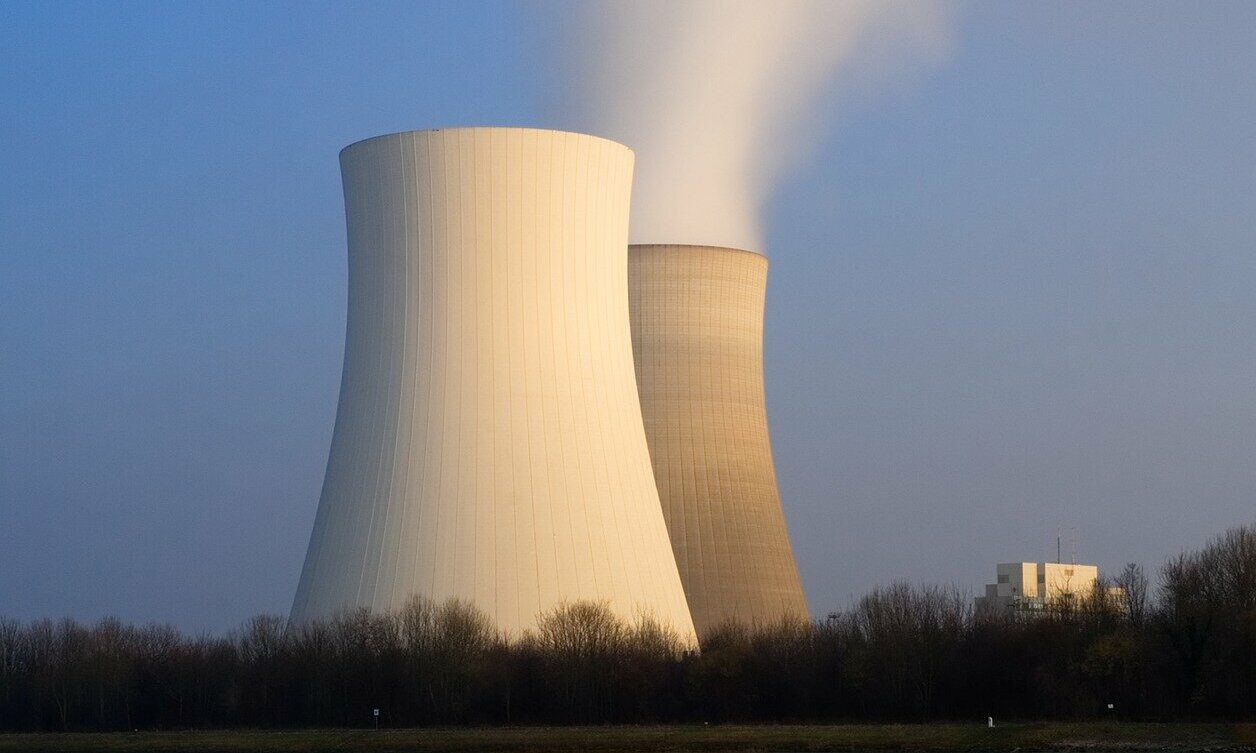
Seismic and acoustic data recorded 50 meters away from a research nuclear reactor could predict whether the reactor was in an on or off state with 98% accuracy, according to a new study published in Seismological Research Letters.
By applying several machine learning models to the data, researchers at Oak Ridge National Laboratory could also predict when the reactor was transitioning between on and off, and estimate its power levels, with about 66% accuracy.
The findings provide another tool for the international community to cooperatively verify and monitor nuclear reactor operations in a minimally invasive way, said the study’s lead author Chengping Chai, a geophysicist at Oak Ridge. “Nuclear reactors can be used for both benign and nefarious activities. Therefore, verifying that a nuclear reactor is operating as declared is of interest to the nuclear nonproliferation community.”
Although seismic and acoustic data have long been used to monitor earthquakes and the structural properties of infrastructure such as buildings and bridges, some researchers now use the data to take a closer look at the movements associated with industrial processes. In this case, Chai and colleagues deployed seismic and acoustic sensors around the High Flux Isotope Reactor at Oak Ridge, a research reactor used to produced neutrons for studies in physics, chemistry, biology, engineering and materials science.
The reactor’s power status is a thermal process, with a cooling tower that dissipates heat. “We found that seismo-acoustic sensors can record the mechanical signatures of vibrating equipment such as fans and pumps at the cooling tower at an accuracy enough to shed light into operational questions,” Chai said.
The researchers then compared a number of machine learning algorithms to discover which were best at estimating the reactor’s power state from specific seismo-acoustic signals. The algorithms were trained with seismic-only, acoustic-only and both types of data collected over a year. The combined data produced the best results, they found.
“The seismo-acoustic signals associated with different power levels show complicated patterns that are difficult to analyze with traditional techniques,” Chai explained. “The machine learning approaches are able to infer the complex relationship between different reactor systems and their seismo-acoustic fingerprint and use it to predict power levels.”
Chai and colleagues detected some interesting signals during the course of their study, including the vibrations of a noisy pump in the reactor’s off state, which disappeared when the pump was replaced.
Chai said it is a long-term and challenging goal to associate seismic and acoustic signatures with different industrial activities and equipment. For the High Flux Isotope Reactor, preliminary research shows that fans and pumps have different seismo-acoustic fingerprints, and that different fan speeds have their own unique signatures.
“Some normal but less frequent activities such as yearly or incidental maintenance need to be distinguished in seismic and acoustic data,” Chai said. To better understand how these signatures relate to specific operations, “we need to study both the seismic and acoustic signatures of instruments and the background noise at various industrial facilities.”

